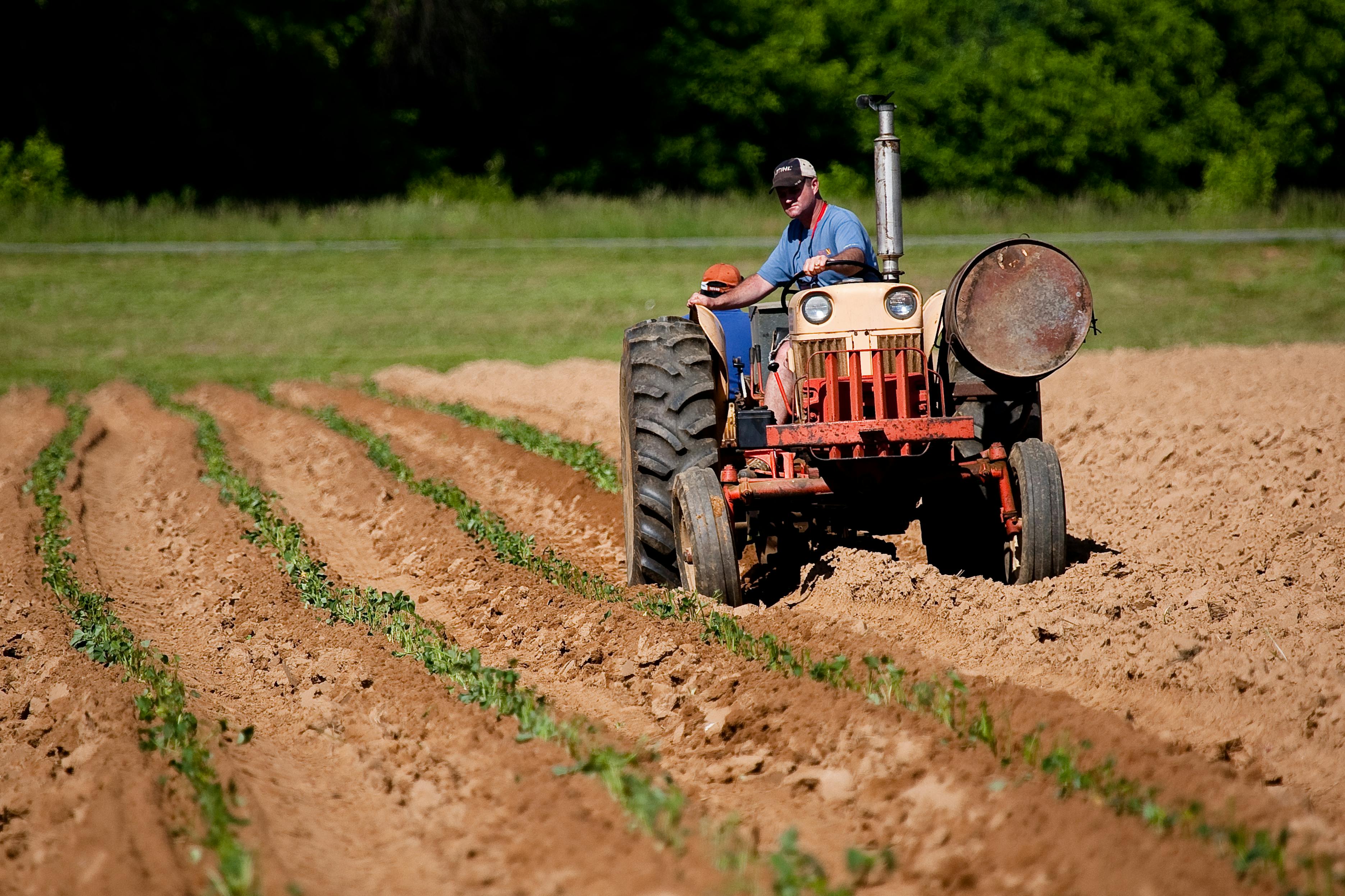Farm Jobs and the Role of Digital Management Tools
Farm jobs have evolved significantly with the introduction of digital management tools that streamline operations and improve productivity. Modern agriculture now relies on sophisticated software solutions to handle everything from crop planning to livestock management. Understanding how these technologies impact farm employment and daily operations helps both farmers and agricultural workers adapt to an increasingly digital landscape.

The agricultural sector has undergone a remarkable transformation in recent years, driven by technological advancements that are reshaping how farm work is performed. Digital tools and farm management software have become integral to modern farming operations, changing the skills required for farm jobs and the way agricultural businesses operate. This shift represents both opportunities and challenges for those working in or entering the agricultural workforce.
What Is Farm Management Software?
Farm management software refers to digital platforms designed to help farmers plan, monitor, and optimize their agricultural operations. These systems integrate various aspects of farm work including crop planning, field mapping, inventory tracking, financial management, and equipment maintenance. The software collects data from multiple sources such as weather stations, soil sensors, and GPS-enabled machinery to provide farmers with actionable insights. For farm workers, this means that traditional manual record-keeping has been replaced by digital data entry and analysis tasks. The software can track planting schedules, monitor crop health, manage livestock records, and even predict optimal harvest times based on historical data and current conditions.
How Digital Tools Are Transforming Modern Agriculture
Digital transformation in agriculture extends far beyond simple record-keeping. Modern farms now use precision agriculture techniques that rely on GPS technology, drones, and automated machinery. Farm workers increasingly need to understand how to operate tablet-based control systems, interpret data visualizations, and troubleshoot technical issues. This technological shift has created new categories of farm jobs, including data analysts, drone operators, and precision agriculture specialists. Traditional farming skills remain valuable, but they are now complemented by digital literacy requirements. Weather forecasting apps, soil moisture sensors, and automated irrigation systems allow farmers to make more informed decisions about resource allocation. For employees, this means adapting to a work environment where technology plays a central role in daily tasks.
Key Features of Farm Management Software
Comprehensive farm management platforms typically include several core features that directly impact how farm work is organized and executed. Field mapping capabilities allow users to create detailed layouts of their land, marking different zones for specific crops or activities. Inventory management modules track seeds, fertilizers, pesticides, and other supplies, alerting managers when stocks run low. Financial tracking features help farms monitor expenses, revenues, and profitability across different operations. Equipment maintenance schedules ensure that machinery receives timely service, reducing downtime. Task management tools assign specific jobs to workers and track completion rates. Many platforms also include mobile apps that allow field workers to update information in real-time, eliminating the need to return to an office to record data. Integration with weather services provides forecasts that help with planning planting and harvesting activities.
The Impact of Farm Management Software on Small and Large Farms
The adoption and impact of farm management software varies significantly between small family farms and large commercial operations. Large farms often have dedicated IT staff and can invest in comprehensive systems that integrate with expensive machinery and sensors. These operations may employ specialists who focus solely on data analysis and system management. Small farms typically adopt more affordable, user-friendly platforms that address their most pressing needs without requiring extensive technical expertise. However, both benefit from improved efficiency, better resource management, and enhanced decision-making capabilities. For farm workers, the size of the operation often determines the level of technical skill required. Large farms may offer specialized positions focused on technology management, while small farms expect workers to combine traditional farming skills with basic digital competencies. The software helps both types of operations compete more effectively by reducing waste, optimizing yields, and improving overall productivity.
Bridging the Gap Between Farmers and Technology Providers
One of the ongoing challenges in agricultural technology adoption is ensuring that software solutions meet the practical needs of farmers and farm workers. Technology providers sometimes develop systems that are overly complex or fail to address real-world farming conditions. Successful implementation requires ongoing dialogue between developers and agricultural professionals. Training programs have become essential for helping farm workers transition to digital tools. Many agricultural colleges and extension services now offer courses in farm technology, recognizing that the future workforce needs both traditional agricultural knowledge and digital skills. Technology providers increasingly offer on-site training and support to help farms implement new systems effectively. User feedback loops allow software developers to refine their products based on actual farm experiences. This collaboration ensures that technology serves as a tool to enhance farming practices rather than an obstacle that complicates them.
Conclusion
The integration of digital tools and farm management software into agricultural operations represents a fundamental shift in how farm work is performed and managed. While these technologies create new opportunities for efficiency and productivity, they also require farm workers to develop new skills and adapt to changing work environments. The future of farm jobs will likely involve a blend of traditional agricultural expertise and digital competency, with technology serving as an enabler rather than a replacement for human knowledge and experience. As the agricultural sector continues to evolve, ongoing education and collaboration between farmers, workers, and technology providers will be essential for ensuring that digital tools genuinely improve farming outcomes and create sustainable employment opportunities in the agricultural sector.




